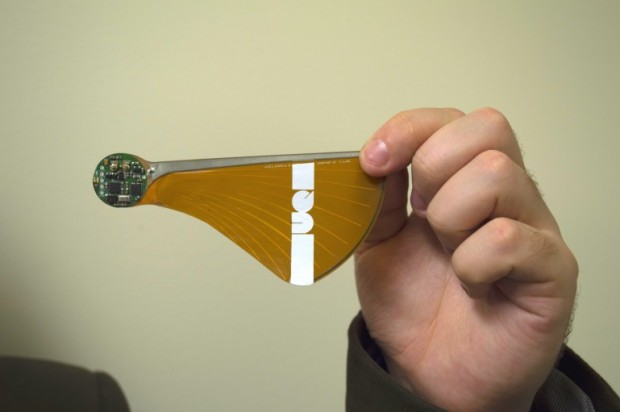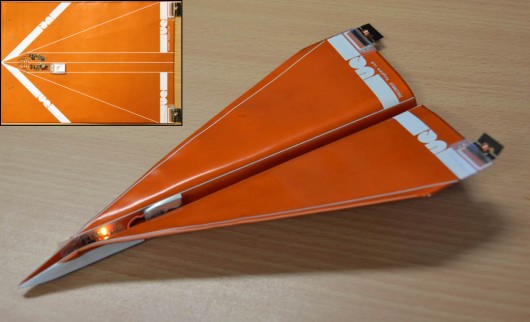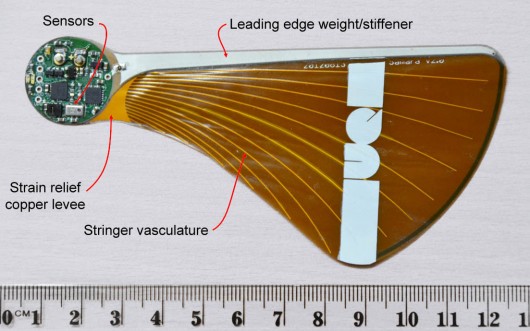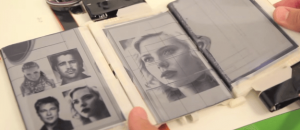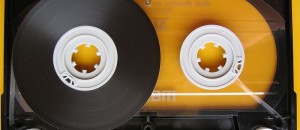Dr. Paul Pounds of Australia’s University of Queensland and his robotics team have created a pair of inexpensive, disposable UAVs (Unmanned Aerial Vehicles).
Yes, you have read that right; the drones, if I am permitted to use that word, will be quite cheap and will be able to be manufactured easily because of their design and materials used. As a result, they are best for single uses — meaning you use it once (or maybe a few times) and throw it away.
The team came up with two designs — one is basically a technologically advanced paper plane while one is also technologically advanced but is in the shape of a maple seed. Both are intended to be used to assist with saving lives during the occurrences of forest fires. The idea here is to drop a bunch of these UAVs in a forest fire and have them report back necessary environmental condition factors to rescue workers and firefighters.
Although. we must ask: is using a paper airplane during a forest fire a good idea? Anyway…
The first deign prototype is known as the Polyplane. It is essentially a paper plane — I’m really not kidding. Take a look at it below.
The Polyplane steers using two elevon tabs hanging off of the back of each wing and it utilizes an onboard control system which automatically steers the craft to as close a proximity as possible to the desired location. The Polyplane also uses foldable, light-weight inkjet printed circuits.
It should be noted the Polyplane — and the upcoming Samara — are not remote controlled in the traditional sense. The onboard control system helps the devices land in the location pre-programmed into the device, but it does not allow remote control of the devices during flight.
Some of you are probably underestimating the effectiveness of a paper plane UAV but it has been shown in the past that paper planes — and ones without the modifications present with the Polyplane — can be quite resilient. A venture by the name of Project Space Planes released 100 paper planes in Germany in 2011 at a height of about 36km(22 miles) and planes were found all over the world in places such as Africa and Australia. They did this utilizing only jet stream currents in the atmosphere. Quite impressive. OK, so of course rain would ruin any paper plane — including the Polyplane — but this apparently will not really be a huge factor when dealing with wildfires.
The other design prototype is modeled after the maple seed. Take a look at the device below.
The device is known as the Samara. It uses a more traditional rigid circuit board and can not be controlled as precisely as the Polyplane but due to its maple seed design, it is able to gently touch down after a period of flight causing no damage to the on board electronics, thus eliminating the need for any type of parachute or landing system.
The costs of the components needed to build these devices are dropping and have dropped, to the point where they are becoming more easily accessible which has lead to more and more devices like the Samara and the Polyplane. This is a good thing as it is allowing for more UAV technology outside of that used for military purposes to come into being.
[via Gizmag]

 Email article
Email article
